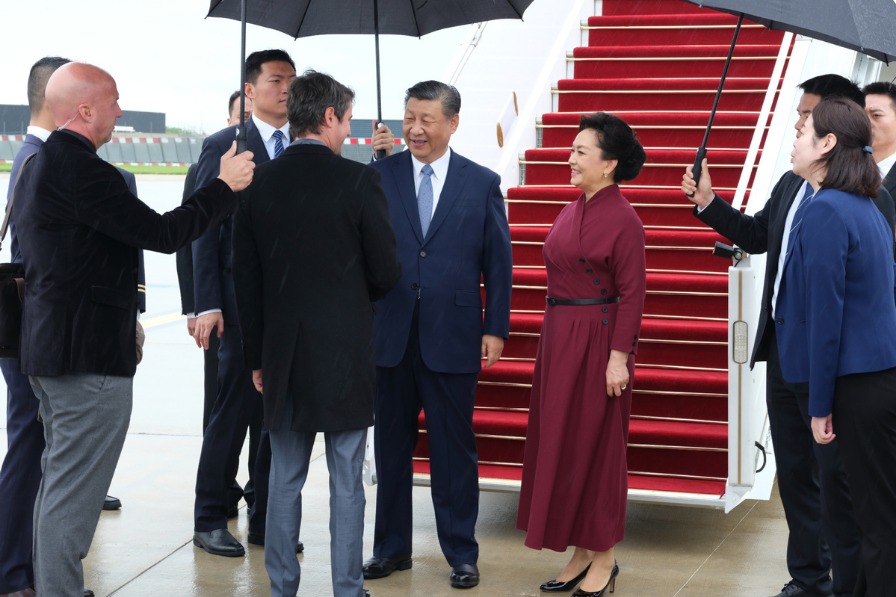China's consumption story steadily evolving
By Jonathan Woetzel and Jeongmin Seong | China Daily | Updated: 2021-09-27 10:02
Eco-responsibility
Asia is on the front line of climate risk, accounting for two-thirds of the global risk of economic disruption emanating from changes in the natural world. In an Ipsos poll conducted in late 2019, 85 percent of Chinese respondents said that they had made changes to the products and services they buy because they were concerned about climate change, the fourth highest reading out of 28 countries surveyed.
As companies respond to the diversifying consumer landscape with new offerings and business models, many of them enabled by digital technologies, new types of consumption curves are emerging. In the past, consumption of many goods and services tended to follow an S-curve, which rises slowly at the start before climbing steeply once income levels are high enough and then hitting a plateau. Now, in some instances, consumption curves are becoming flatter as technology enables people with lower incomes to have access and afford the goods and services they want and new categories of consumption unfold due to changes in regulation and consumer behaviors.
Take the automotive sector as an example. The penetration of car ownership follows a well-established S-curve. However, new ways of accessing mobility such as ride-hailing are much less dependent on income because consumers who cannot afford to own a car can still have access to private vehicles, and prices are therefore no longer a barrier. Although China lags many higher-income countries on car ownership, it has one of the highest rates of ride-hailing penetration. In part as a result of the explosion of new forms of mobility in China, private vehicle sales in China may hit their peak in the next five to 15 years.
A new market could emerge and there could be reshuffling of the competitive landscape. By 2030, 60-80 percent of vehicle sales in China are expected to be new energy vehicles or hybrid vehicles. As digital natives continuously embrace digital ecosystems and new channels, the expectations of what a car can do are changing, and in an era of commercialized hardware, automotive players may consider how to radically revamp customer experiences. A new McKinsey survey suggests that 56 percent of consumers are willing to switch brands for improved connectivity. Chinese players rank highly compared with international OEMs-original equipment manufacturers-on providing customer experience through advanced connectivity solutions, like advanced human-machine interfaces and integrated apps through partnerships with local tech players. This opens up new revenue streams and enables automotive companies to shift from one-time sales to ongoing revenue models and a proliferation of value-added services.
The sheer scale of China's consumer market and rising incomes remain key considerations for companies seeking to thrive in this market. But, increasingly, the key to success is to understand the radical changes underway and the increasing diversity of China's consumers.
The writers are researchers with global management consulting firm McKinsey&Co.
The views don't necessarily reflect those of China Daily.
























